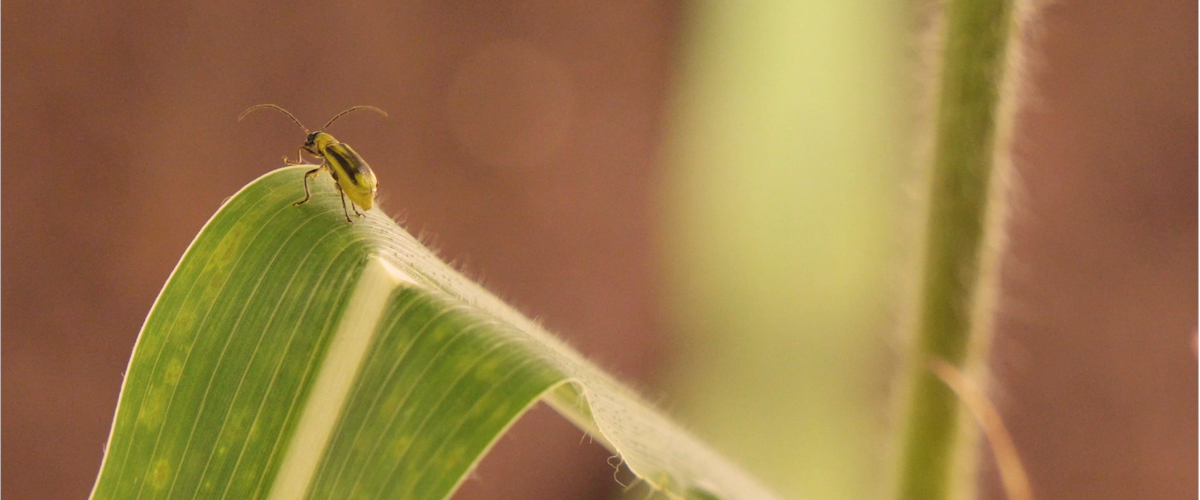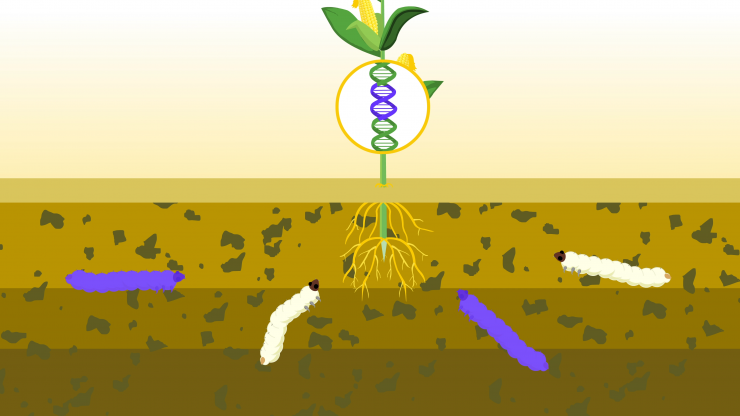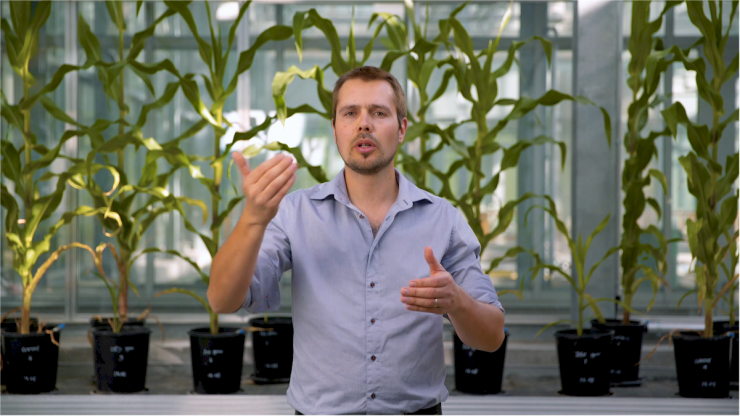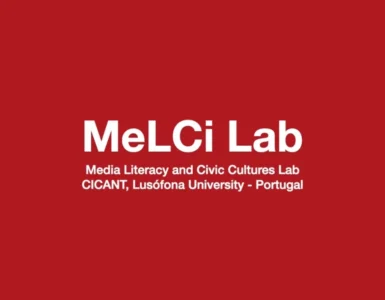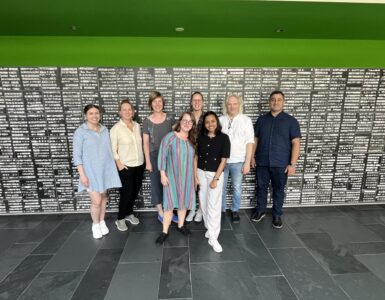The finalists of this year’s MEDEA Awards were announced in May, you can read about them here, The winner will be announced in October. Each month we are featuring one or more of this year’s finalists. In this article, it is the turn of iLUB, University of Bern, Switzerland who submitted Pest Control Strategies for Sustainable Agriculture .
This video is part of the flashMOOCs video series. With this series, the University of Bern provides learning content for teachers but also for the general and interested public, as the topics are socially relevant and scientifically current. Unlike ‘normal’ MOOCs, flashMOOCs are shorter, and the navigation features, self-assessments, and further information are integrated into the video itself as interactive elements. This allows viewers to go straight to the content they want and be stimulated to engage more deeply with the topic.
Taking the Western Corn Rootworm as an example, in this interactive video viewers can discover which strategies are in place to control pests. They get to know their advantages and disadvantages and the role that basic research must play in developing new, sustainable strategies.
Thanks to the innovative storyboard and the interactive nature of the video, viewers can actively select which strategies they want to try first and get deeply involved with the learning material. The summary chapter is then only displayed if at least one of the strategies has been viewed. With the links to carefully selected additional information about damage cases, press articles and research articles, viewers can selectively broaden their knowledge depending on their interest and prior knowledge. All this should lead to a higher intrinsic motivation to dive deeper into the topic.
After completion of this video the students should have learned the basics about the five pest control strategies that are featured. Additionally, they should have been made aware of the complexity of pest control and the importance of research in plant science.
The main target group for this video are students in plant sciences, biology, ecology, sustainable development and agriculture. The targeted study programmes are according to the target group programmes such as Master’s in Ecology and Evolution, specifically the module “Solving Current Challenges in Plant-Herbivore Interactions II – From experiment to manuscript”, organised as flipped classroom. The students watched the video independently in preparation for the presence course, where the strategies mentioned in the video could then be discussed in greater depth and compared.
A broader target group is the broad audience interested in the topic of (sustainable) agriculture and strategies to control insect pests, this includes people who are actually involved in maize cultivation.
The video was very well received by visitors to these courses and there was a lot of positive feedback. It also received positive feedback and comments on social media. The video also received the award for Best Educational Movie, eduhub days 2020.
Video as an interactive and innovative medium
We chose for an audiovisual medium which combines live action footage with illustrative animations because it is well suited as a starting point for an interactive and virtual information space. With the live action footage, the students can get a good picture of the actual insect pests, which are only kept in quarantine in the research institutes or would only be found in actually infested maize fields. In addition, complex processes and interactions can be illustrated more clearly with an animated video.
The benefits are the interactive nature of the video involving the students while watching the video which triggers a more self-directed learning with no “lean back mode” possible. However, like with any aspect of a course, there is always a danger that students simply won’t watch the video.

The production process
Together with Matthias Erb, a well-known expert for plant-insect interactions, we discussed suitable topics to create an interactive educational video. Soon we agreed upon the different pest control strategies and came up with the idea to let viewers try out these strategies and give them the opportunity the dive deeper into certain subtopics. To illustrate the complex processes and interactions more clearly, we produced an animated video with additional live action footage.
Find out more
Take a look at this interactive video and find out more about the flashMOOC in which is features.

Author
David Graf
iLUB, University of Bern, Switzerland

